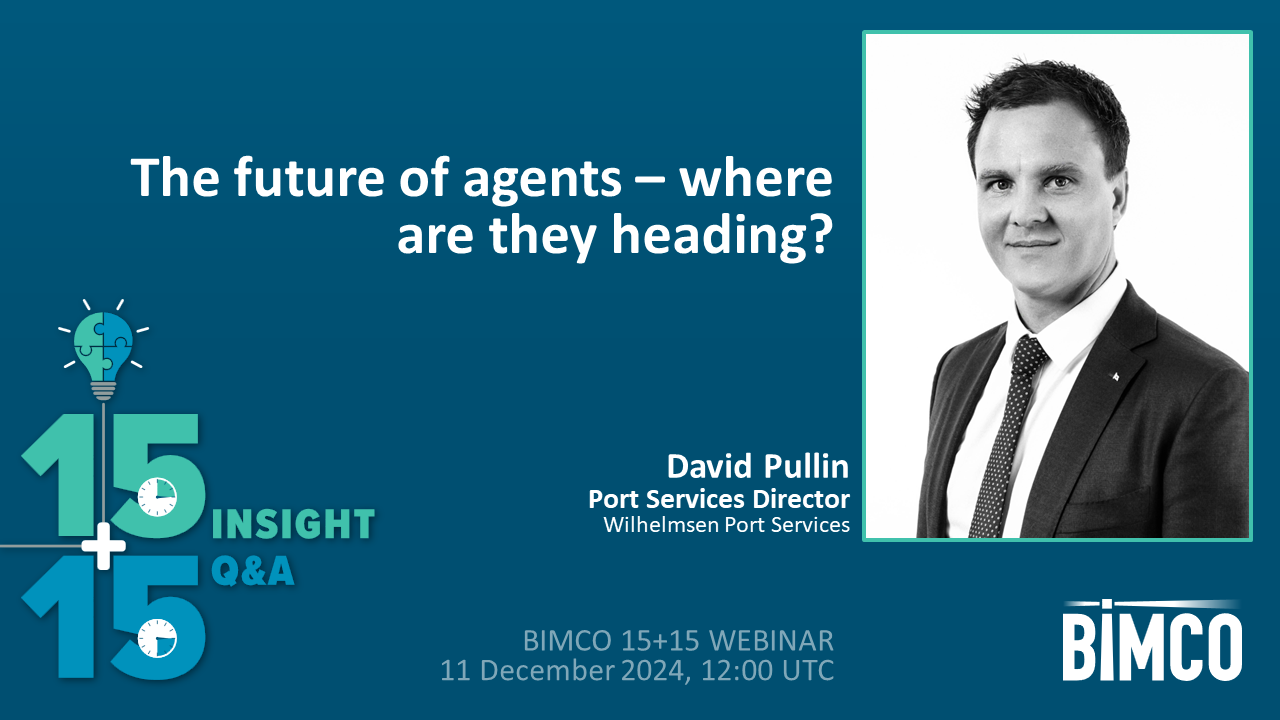US encourages ballast water best management practices after finding coral disease
Overview
The United States Coast Guard (USCG) and United States Environmental Protection Agency (EPA) have developed voluntary best management practices for ballast water discharges for ships in order to mitigate the risk of transferring Stony Coral Tissue Loss Disease.
In the September report from the Chamber of Shipping of America (CSA), the chamber informs that the disease - which is a rapidly progressing and fatal disease to a number of coral species – has been identified in the Eastern Florida Coast, Gulf of Mexico and other Caribbean areas.
As a result, the USCG and EPA encourages ships exchanging ballast water to follow the best practices to avoid more drastic measures, such as no discharge zones, that could be imposed by the National Oceanic and Atmospheric Administration (NOAA), which has the federal oversight responsibility for coral reefs.
Through the marine safety information bulletin 07/19 (MSIB), the USCG has reminded the regulated community of the current ballast water management requirements under US regulations (which can be found in the first two bullets of the 33.CFR 151.2025.)
While assuming that all readers are already complying with these requirements, the information bulletin is in addition requesting ships to adopt a list of voluntary best management practices (4 bullets on the second page) which can be summarized as follows:
- If the ship has not yet reached its ballast water (BW) compliance date and is legally still permitted to conduct BW exchange as a compliance method, but has a US type approved ballast water management system (BWMS) or an alternate management system installed, these systems should be used (versus ballast water exchange - BWE) as it is likely to be more effectively than a BWE.
- Any ballast water discharge should be conducted as far from shore and known coral reef locations as possible, even if the regulations permit these discharges nearer to shore.
- If the planned passage does not go 200 nm from shore, voluntarily divert to 200 nm and conduct BWE, alternatively, conduct a BWE in waters that are at least 50 nm from shore and 200 m deep.
- Minimize BW uptake when within 50 nm from shore and discharge all unmanaged and partially exchanged BW beyond 50 nm from shore.
The industry is urged to incorporate these suggested best management practices to the extent possible to mitigate the risk of discharged ballast water transferring the Stony Coral Tissue Loss Disease to new locations.
Feedback or a question about this information?
VPS Bunker Alerts
Veritas Petroleum Services (VPS) publish regular Bunker Alerts based entirely on fuel samples and have kindly permitted BIMCO’s Members to access this information.
The Bunker Alerts are not intended to be an evaluation of overall bunker quality in the port or area concerned, but usually highlight a specific parameter within the fuel which has raised a quality issue.
Latest ice reports for members
Latest piracy reports
Latest industry releasable threats
ELSEWHERE ON BIMCO
Contracts & Clauses
All of BIMCO's most widely used contracts and clauses as well as advice on managing charters and business partners.
Learn about your cargo
For general guidance and information on cargo-related queries.
BIMCO Publications
Want to buy or download a BIMCO publication? Use the link to get access to the ballast water management guide, the ship master’s security manual and many other publications.
About a new business partner
We can help members check new business partners. We also help to recover millions of USD (undisputed) funds every year.





